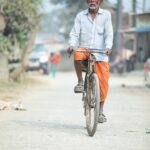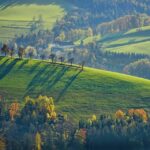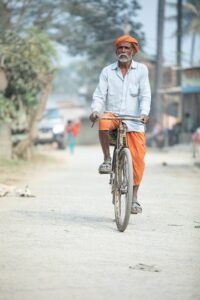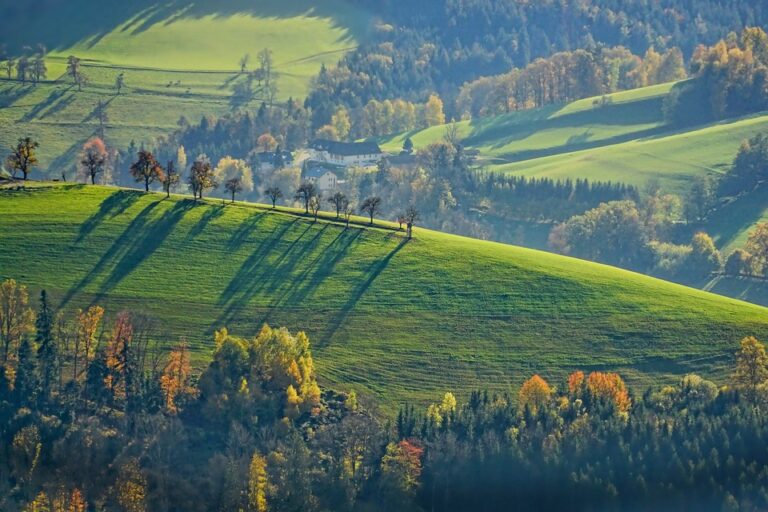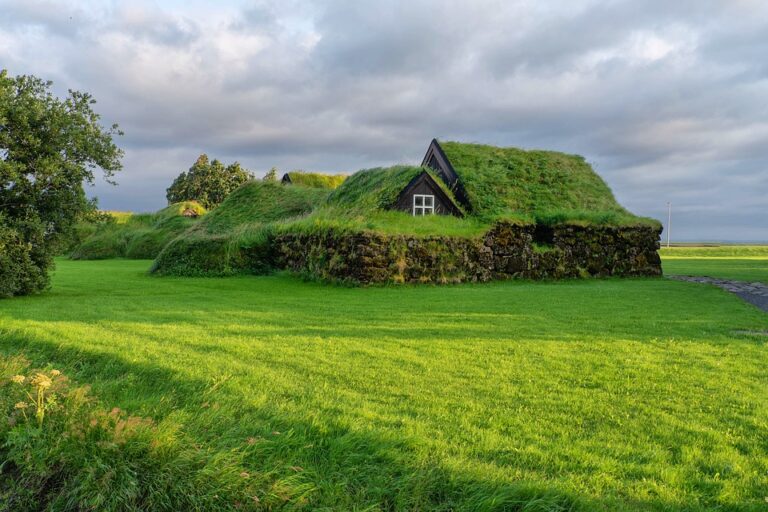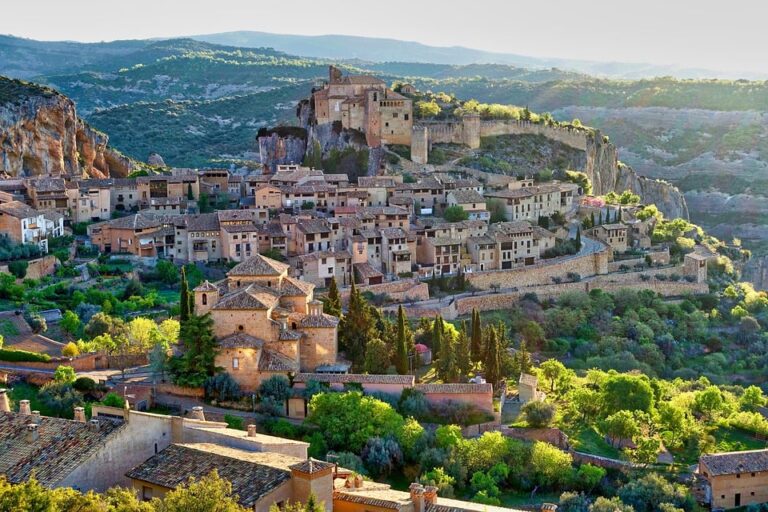The Orthodox Church in 16th Century Russian Villages In 16th century Russia, the Orthodox Church played a very important role…
Life in 16th Century Russian Villages: A Closer Look
Life in 16th Century Russian Villages: A Closer Look The Structure of Village Life In the 16th century, life in…
Rekshino Village: A Timeline of Key Events and Milestones in its History
Rekshino Village: A Timeline of Key Events and Milestones in its History Introduction Rekshino Village is a small community located…
Celebrating the Resilience and Spirit of the People of Rekshino Village
Celebrating the Resilience and Spirit of the People of Rekshino Village A History of Resilience Nestled in the lush green…
The Significance of Rekshino Village in the Context of National History
The Significance of Rekshino Village in the Context of National History Introduction Rekshino Village, located in the eastern region of…
Preserving the Heritage of Rekshino Village: Challenges and Opportunities
Preserving the Heritage of Rekshino Village: Challenges and Opportunities Located in the heart of a lush valley surrounded by majestic…
The Influence of Rekshino Village on Regional Development and Growth
The Influence of Rekshino Village on Regional Development and Growth Rekshino Village, located in the heart of a region with…
Remembering the Landmarks and Landmarks of Rekshino Village
Remembering the Landmarks of Rekshino Village Rekshino Village is a quaint and charming town nestled in the heart of the…
The Role of Rekshino Village in Shaping Local Culture and Tradition
The Role of Rekshino Village in Shaping Local Culture and Tradition Introduction Nestled in the picturesque landscapes of the countryside,…
Uncovering the Hidden Gems of Rekshino Village’s History
Uncovering the Hidden Gems of Rekshino Village’s History Located in the heart of the countryside, Rekshino Village is a quaint…



